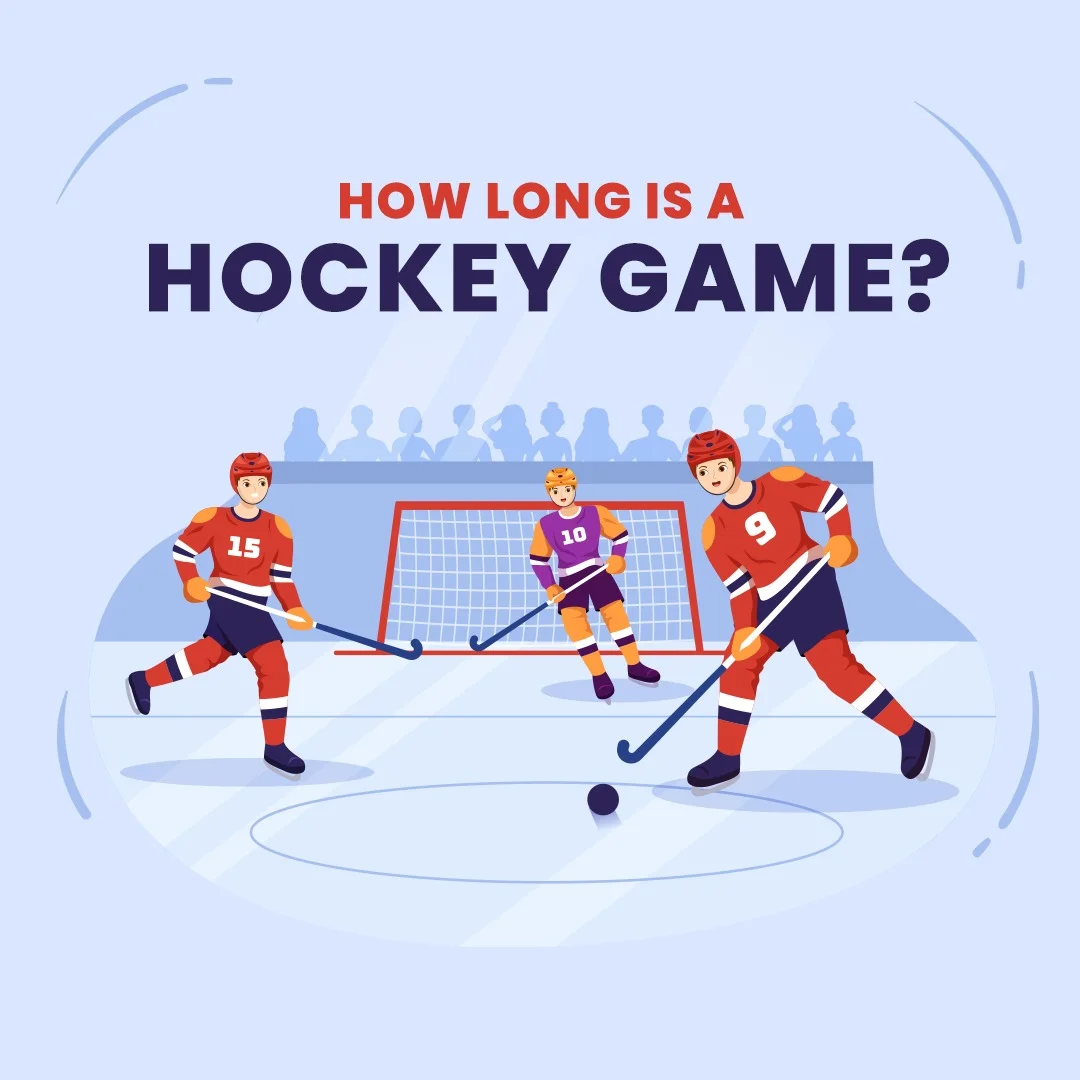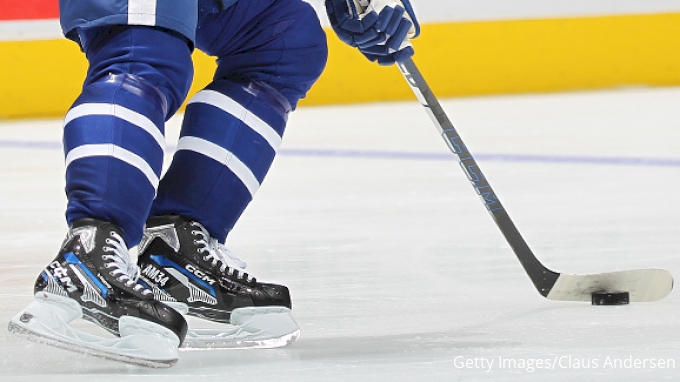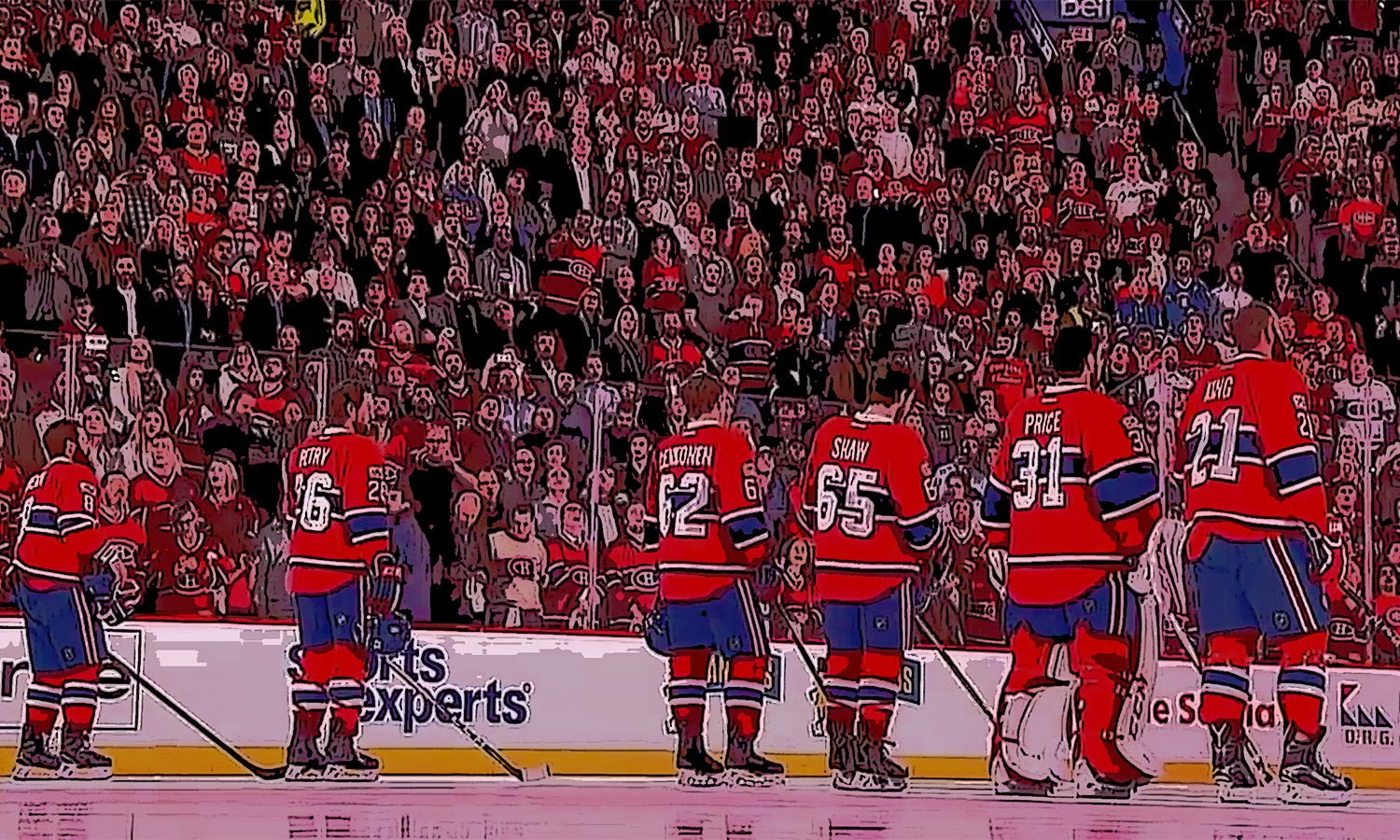How Long are Hockey Games? Hockey games typically last around 2.5 to 3 hours, including intermissions and stoppages. The actual playing time is 60 minutes, divided into three 20-minute periods.
Hockey is a fast-paced and exciting sport that attracts millions of fans worldwide. Games are played on an ice rink and feature intense action and strategic play. Each game consists of three 20-minute periods, making the total playing time one hour.
However, with stoppages, intermissions, and potential overtime, the entire event can span around 2. 5 to 3 hours. Understanding the structure of a hockey game helps fans plan their viewing experience. Whether watching live or on TV, knowing the duration enhances the enjoyment of this thrilling sport.
Credit: www.flohockey.tv
Regulation Play
Understanding the basic structure of a hockey game can enhance your viewing experience. Regulation play consists of specific periods and breaks. The game duration often surprises newcomers. Let’s break it down.
Periods And Intermissions
A standard hockey game has three periods. Each period lasts 20 minutes. The clock stops often, making the game longer.
Between each period, there are intermissions. These breaks last 15-17 minutes. Players rest and strategize during these breaks.
Here’s a simple breakdown:
| Period | Duration | Intermission |
|---|---|---|
| First Period | 20 minutes | 15-17 minutes |
| Second Period | 20 minutes | 15-17 minutes |
| Third Period | 20 minutes | None |
Typical Game Duration
Now, let’s discuss the total game duration. A hockey game usually lasts about 2.5 hours.
Here’s why:
- Three periods of 20 minutes each = 60 minutes
- Two intermissions of 15-17 minutes each = 30-34 minutes
- Timeouts, stoppages, and breaks = 30-40 minutes
Overall, the game includes playtime and necessary breaks.
Remember, overtime can extend the game. An overtime period is 5 minutes in regular season games. If the game is still tied, a shootout follows. Playoff games have different rules.
Overtime Rules
Hockey games can end in a tie, but not always. Overtime rules decide the winner if the game is tied. These rules differ for the regular season and playoffs. Here, we’ll explore both.
Regular Season Overtime
In the regular season, overtime is quick and exciting. The game moves to a 5-minute sudden-death period. Teams play with three skaters each, making it fast-paced. If no one scores, the game goes to a shootout.
During the shootout, each team picks three players. These players take turns shooting at the goalie. The team with the most goals wins. If still tied, they continue with one shooter each. This sudden-death shootout continues until there’s a winner.
Playoff Overtime
Playoff games are more intense. In the playoffs, there is no shootout. Instead, teams play 20-minute sudden-death periods. The first team to score wins the game. This continues until someone scores.
Players stay on the ice for longer periods. This tests their endurance and skill. The intensity of playoff overtime makes it thrilling to watch.
| Season | Overtime Period | Shootout |
|---|---|---|
| Regular Season | 5 minutes | Yes |
| Playoffs | 20 minutes | No |
Understanding overtime rules makes watching hockey more exciting. Whether it’s the regular season or playoffs, overtime adds drama to the game.
Shootouts
Hockey games can end in a tie after regulation time. When this happens, a shootout can decide the winner. Shootouts are thrilling and intense, often keeping fans on the edge of their seats.
When Shootouts Occur
If the game is tied after overtime, a shootout takes place. Each team selects three players to shoot. Goalies try to stop the shots. If still tied, the shootout continues one round at a time.
Impact On Game Length
Shootouts add time to the game. They usually take about 10 minutes. This can extend the game length beyond the regular duration.
| Game Segment | Approximate Time |
|---|---|
| Regulation Time | 60 minutes |
| Overtime | 5 minutes |
| Shootout | 10 minutes |
Games with shootouts can last around 75 minutes. Fans enjoy the excitement shootouts bring. They
Delays And Interruptions
Hockey games are fast-paced and thrilling. But they can be interrupted. Delays and interruptions can extend the length of the game. Understanding these interruptions helps fans know what to expect.
Penalties And Reviews
Penalties are common in hockey. When a player breaks a rule, they serve time in the penalty box. This not only affects the player’s team but also stops the clock. The referees often review the play to ensure the right call. These reviews can take a few minutes, adding to the game time.
Below is a table showing common penalties and their durations:
| Penalty Type | Duration |
|---|---|
| Minor Penalty | 2 minutes |
| Major Penalty | 5 minutes |
| Misconduct Penalty | 10 minutes |
Injury Timeouts
Injuries are part of any contact sport. Hockey is no different. When a player gets hurt, the game stops. Medical staff assess and treat the player. This can take a few minutes or longer. The safety of the player is always the priority.
Here are some common reasons for injury timeouts:
- Player hit by the puck
- Collisions with other players
- Falls on the ice
Injury timeouts ensure players receive the care they need. This helps prevent further injuries and maintains player safety.
Television Timeouts
Television timeouts play a crucial role in modern hockey games. These breaks ensure broadcasters can air commercials and other content. Understanding these timeouts helps fans know how long games can last.
Broadcast Requirements
Television networks need to meet certain advertising requirements. These breaks usually occur three times per period.
- First timeout: Around the 6-minute mark
- Second timeout: Around the 10-minute mark
- Third timeout: Around the 14-minute mark
The length of each timeout is typically 2 minutes. This adds up to 6 minutes of stoppage time per period.
Networks use these breaks to show commercials and other content. This keeps the broadcasts financially viable.
Effect On Game Flow
Television timeouts can impact the flow of the game. Teams get extra rest during these breaks. This can lead to more energy and strategic plays.
Coaches use these breaks to give quick instructions. Players can rehydrate and regroup, which can change game dynamics.
While these breaks serve a purpose, they can also disrupt momentum. Fans may notice a slower pace during these stoppages.
Overall, television timeouts are a necessary part of hockey broadcasts. They ensure the game remains accessible to a wider audience through TV.
Youth And Amateur Games
Understanding the length of youth and amateur hockey games is important. These games differ from professional matches. They are often shorter but just as exciting. This section explores the differences and typical structures of youth hockey games.
Differences In Game Length
Youth and amateur games are shorter than professional games. Professional games are 60 minutes long, divided into three 20-minute periods. Youth games usually have shorter periods.
| Level | Game Length |
|---|---|
| Youth | 45 to 60 minutes |
| Amateur | 50 to 60 minutes |
Youth games can vary in length. Different leagues have different rules. Some leagues have three 15-minute periods. Others have two 20-minute halves. Amateur games often follow similar structures but can last up to 60 minutes.
Typical Youth Game Structure
Youth hockey games have a unique structure. Most youth games have three periods. Each period is usually 15 to 20 minutes long. There are breaks between periods, usually 1 to 5 minutes.
- Three periods of 15 to 20 minutes each
- Short breaks between periods (1 to 5 minutes)
- Possible overtime for tied games
Games often start with a warm-up session. This session lasts about 5 to 10 minutes. Coaches use this time to prepare players. It is also a time to stretch and get ready for the game.
Some leagues have special rules for younger players. These rules ensure fair play and safety. They include smaller rink sizes and no body checking.
- Warm-up: 5 to 10 minutes
- Three periods: 15 to 20 minutes each
- Breaks: 1 to 5 minutes between periods
- Overtime: Only if the game is tied
Understanding the structure and length of youth and amateur hockey games helps parents and players. They can plan better and enjoy the game more.
Tips For Fans
Being a hockey fan is thrilling! Planning your visit can make it even better. Here are some tips to make your experience unforgettable.
Planning Your Visit
Start by checking the schedule of the game. Arrive at least an hour before the puck drops. This gives you time to find parking and your seat.
Make sure to dress warmly. Hockey arenas can be cold. Bring a jacket or a blanket. Don’t forget to wear your team’s colors!
| Item | Reason |
|---|---|
| Jacket | Arenas are cold |
| Team Colors | Show support |
| Ticket | Entry to the game |
| Money | For snacks and souvenirs |
What To Expect
A typical hockey game lasts about 2.5 hours. There are three periods, each 20 minutes long. There are two intermissions, each lasting 15 minutes.
- Arrive early
- Dress warmly
- Bring money for snacks
During the intermissions, you can enjoy snacks or explore the arena. There are often games and activities for fans.
Be prepared for loud noises. Fans cheer loudly, especially during exciting moments. Earplugs might be helpful for young kids.
Enjoy the game and support your team! Watching hockey live is an amazing experience.
Credit: www.gaimday.com
Credit: fanbuzz.com
Frequently Asked Questions
How Many Hours Does A Hockey Game Last?
A hockey game typically lasts about 2. 5 hours, including three 20-minute periods and intermissions.
What Is The Length Of A Hockey Game?
A standard hockey game lasts 60 minutes, divided into three 20-minute periods. There are also intermissions between periods.
What Is The Duration Of A Hockey Match?
A standard hockey match lasts 60 minutes, divided into three 20-minute periods. There are intermissions between periods.
How Many Minutes Is An Nhl Game?
An NHL game lasts 60 minutes, divided into three 20-minute periods. Overtime and shootouts can extend the total time.
Conclusion
Understanding the duration of hockey games helps fans plan their time effectively. Whether it’s the NHL, college, or youth level, knowing game lengths enhances enjoyment. Stay informed and enjoy the excitement of hockey. For more insights on sports and schedules, keep following our blog.
Thank you for reading!







